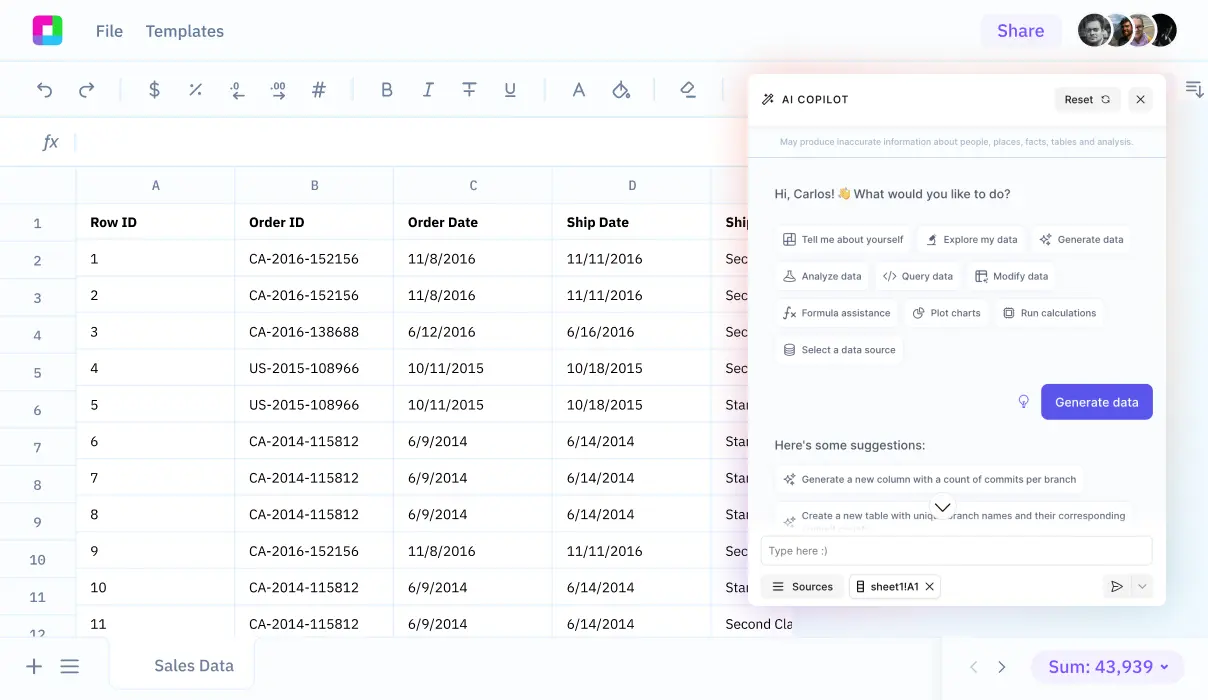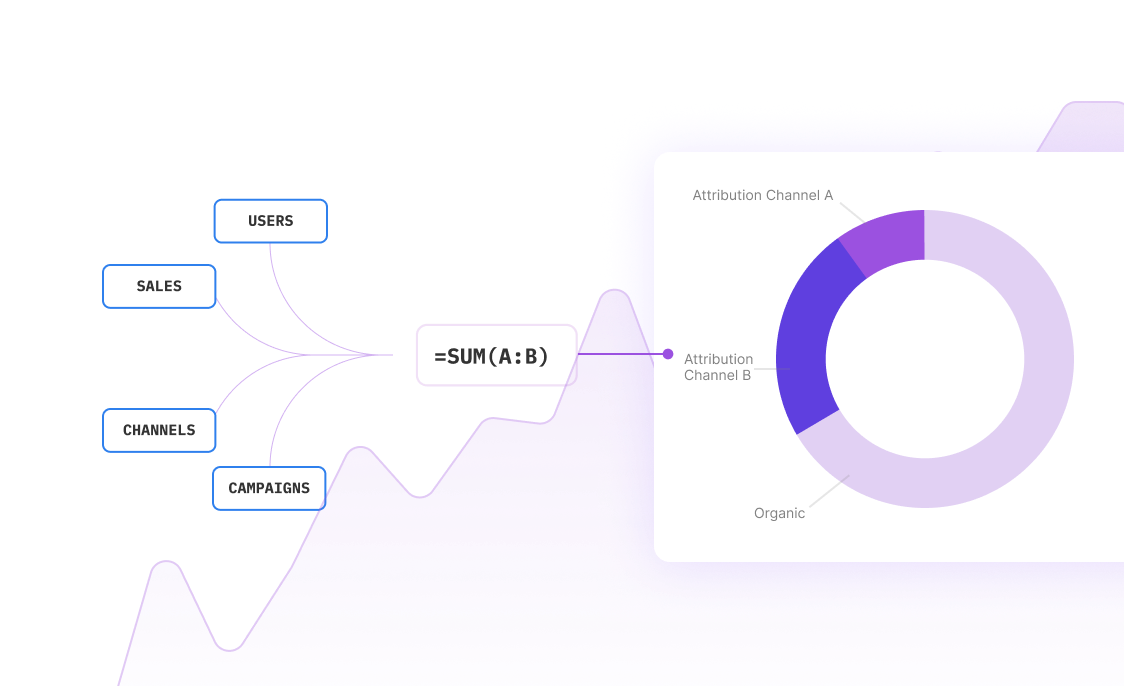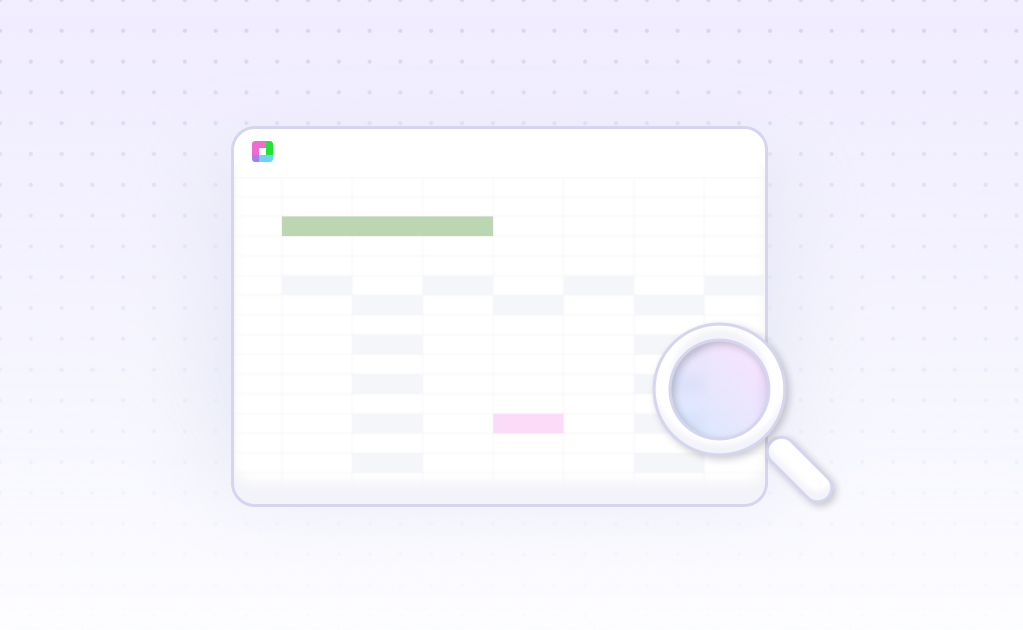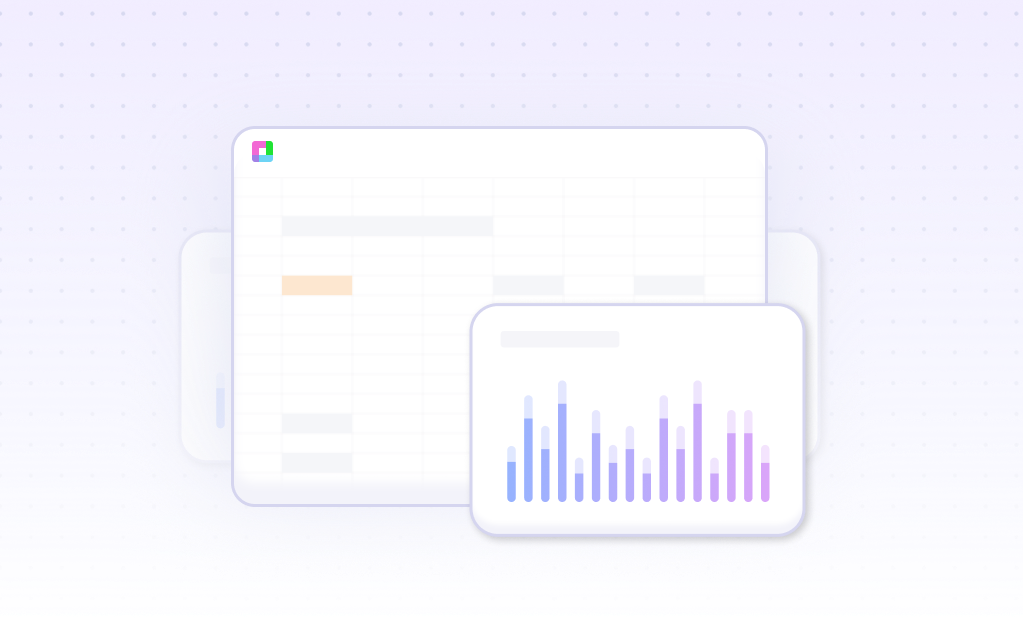
Introduction
Environmental risk analysis helps organizations identify and mitigate potential hazards to ensure compliance and safety. The California and Arizona LGMA introduced an Excel-based Environmental Risk Assessment Tool in 2023, which evaluates adjacent land uses and assigns risk ratings based on implemented mitigations. While Excel add-ins like ModelRisk, @RISK, and Crystal Ball enhance analytical capabilities, Sourcetable offers an AI-native alternative that combines spreadsheet functionality with advanced database integration.
Sourcetable provides robust environmental analysis features through its integration with multiple databases and over 100 business applications. The platform maintains familiar spreadsheet elements like A1 notation and 500+ formulas while enabling SQL queries, vector analysis of multi-dimensional data, and specialized environmental datasets including mining and marine biology. Learn how to streamline your environmental risk analysis with Sourcetable's AI-powered tools at sourcetable.com/signup.
Why Sourcetable Is Best for Environmental Risk Analysis
While Excel remains the default tool for over a billion users, Sourcetable's AI-powered capabilities make it superior for environmental risk assessment. Its natural language interface and seamless integration with existing spreadsheets eliminate the complexity of traditional formula-based analysis.
Faster Risk Assessment
Sourcetable accelerates the core components of environmental risk analysis through AI-assisted formulas, charting, and data cleaning. This speed advantage helps organizations uncover hidden dangers and maintain regulatory compliance more efficiently than Excel-based workflows.
Enhanced Analysis Capabilities
Unlike basic Excel functions, Sourcetable's AI chatbot interface simplifies complex environmental data analysis. This functionality helps prioritize resources and improve decision-making while maintaining the familiar spreadsheet environment that risk assessment teams already use.
Streamlined Compliance
Where Excel requires manual formula creation and maintenance, Sourcetable automates complex calculations and reporting. This automation reduces costs and ensures consistent risk assessment across the organization, helping maintain regulatory compliance with less effort.
Benefits of Environmental Risk Analysis with AI-Powered Spreadsheets
Environmental risk assessments help businesses understand environmental risks, prepare mitigation strategies, ensure adequate insurance coverage, and protect their reputation. Modern AI-powered spreadsheet tools streamline this critical process.
Why Environmental Risk Analysis Matters
Environmental risk assessments enable businesses to prepare for potential incidents and minimize their consequences. These assessments help secure appropriate insurance coverage and safeguard company reputation through proactive risk management.
Advantages of AI-Powered Analysis
AI-powered spreadsheets automate data cleaning, calculations, and pattern recognition, improving efficiency and accuracy in environmental risk analysis. The technology handles complex predictive analysis while enabling analysts to focus on deriving meaningful insights.
Data Visualization Benefits
While traditional Excel relies on structured source tables and pivot tables for data presentation, modern AI spreadsheets simplify the visualization process. These tools transform environmental data into clear visualizations and reports using natural language commands, streamlining the entire analysis workflow.
Environmental Risk Analysis Examples with Sourcetable
Quantitative Risk Assessment (QRA)
Sourcetable's AI capabilities enable powerful quantitative risk assessments using statistical models, probability analysis, Poisson distributions, and Bayesian theory. The platform processes complex environmental datasets to determine numerical probabilities and consequences of potential losses.
Qualitative Risk Analysis
Sourcetable facilitates qualitative risk analysis through expert opinion integration and linguistic expressions for probability and impact assessment. The platform supports the Delphi technique, a formal process for consistent expert-opinion elicitation.
Real-time Environmental Monitoring
Sourcetable's AI algorithms analyze real-time environmental data to identify patterns and forecast future risks. This continuous monitoring enables prompt decision-making and effective risk management strategies.
Strategic Environmental Analysis
Businesses use Sourcetable for comprehensive environmental analysis to identify opportunities, minimize risks, and adapt to regulatory changes. The platform helps organizations develop sustainable practices, enhance corporate responsibility, and prepare for environmental challenges.
Marine Activity Risk Assessment
Sourcetable supports specialized risk analyses for marine activities, exemplified by projects like the Belgian North Sea RAMA study. The platform's analytical capabilities enable both historical and simulation-based approaches to marine environmental risk assessment.
Use Cases for Environmental Risk Analysis with Sourcetable
Real-time Pollution Monitoring and Response |
Deploy Sourcetable's risk assessment tables to track real-time pollution data and trigger immediate interventions when thresholds are exceeded. Integration with diverse AI data sources enables accurate detection and forecasting of air quality issues. |
HAZOP Analysis Integration |
Create dynamic risk matrices that combine HAZOP methodology with AI-powered data analysis. This approach improves hazard visibility and enables proactive resource allocation for environmental risk management. |
Statistical Model Integration for Contamination Prediction |
Implement Bayesian modeling and machine learning algorithms within Sourcetable to predict future contamination patterns. The risk assessment table format enhances visualization of spatial and temporal analysis results. |
FTA-Based System Failure Analysis |
Utilize Sourcetable's AI capabilities to perform Fault Tree Analysis, calculating failure probabilities with |
Frequently Asked Questions
What is environmental risk analysis and how can it be performed in Sourcetable?
Environmental risk analysis in Sourcetable follows the Source-Pathway-Receptor (SPR) framework, which involves identifying contamination sources, evaluating pathways of contaminant migration, characterizing receptors at risk, estimating overall risk levels, and developing risk management strategies. Sourcetable accesses reliable data from secure government (.gov) websites to support this analysis.
How does AI enhance environmental risk analysis in Sourcetable?
AI in Sourcetable enhances environmental risk analysis by efficiently processing large datasets, improving emission monitoring precision, optimizing bioenergy management, and advancing air pollution monitoring and remediation. AI tools also increase productivity and help create new industrial processes while working with environmental data.
What specific environmental monitoring capabilities does AI-powered Sourcetable offer?
Sourcetable's AI capabilities enable precise monitoring and management of greenhouse gas emissions in agriculture, advanced emission data capture and analysis, and improved analysis of plant and microbial data for addressing air pollution challenges. The system utilizes machine learning algorithms to enhance air pollution monitoring and remediation efforts.
Conclusion
Environmental risk analysis requires complex data analysis and monitoring. While traditional Excel tools like LGMA's Environmental Risk Assessment Tool can handle basic risk calculations, AI-powered alternatives offer more sophisticated capabilities. Sourcetable combines Excel's functionality with AI-driven insights to streamline environmental risk assessment processes.
Sourcetable's AI features automate formula generation, create visualizations, and perform advanced data analysis through SQL and Python integration. The platform's automated data cleaning and real-time analysis capabilities make it ideal for environmental risk assessment, where multiple variables must be monitored continuously. For hands-on experience with AI-powered environmental risk analysis, try Sourcetable at sourcetable.com/signup.
Recommended Analysis Guides
Connect your most-used data sources and tools to Sourcetable for seamless analysis.
Frequently Asked Questions
If you question is not covered here, you can contact our team.
Contact Us





